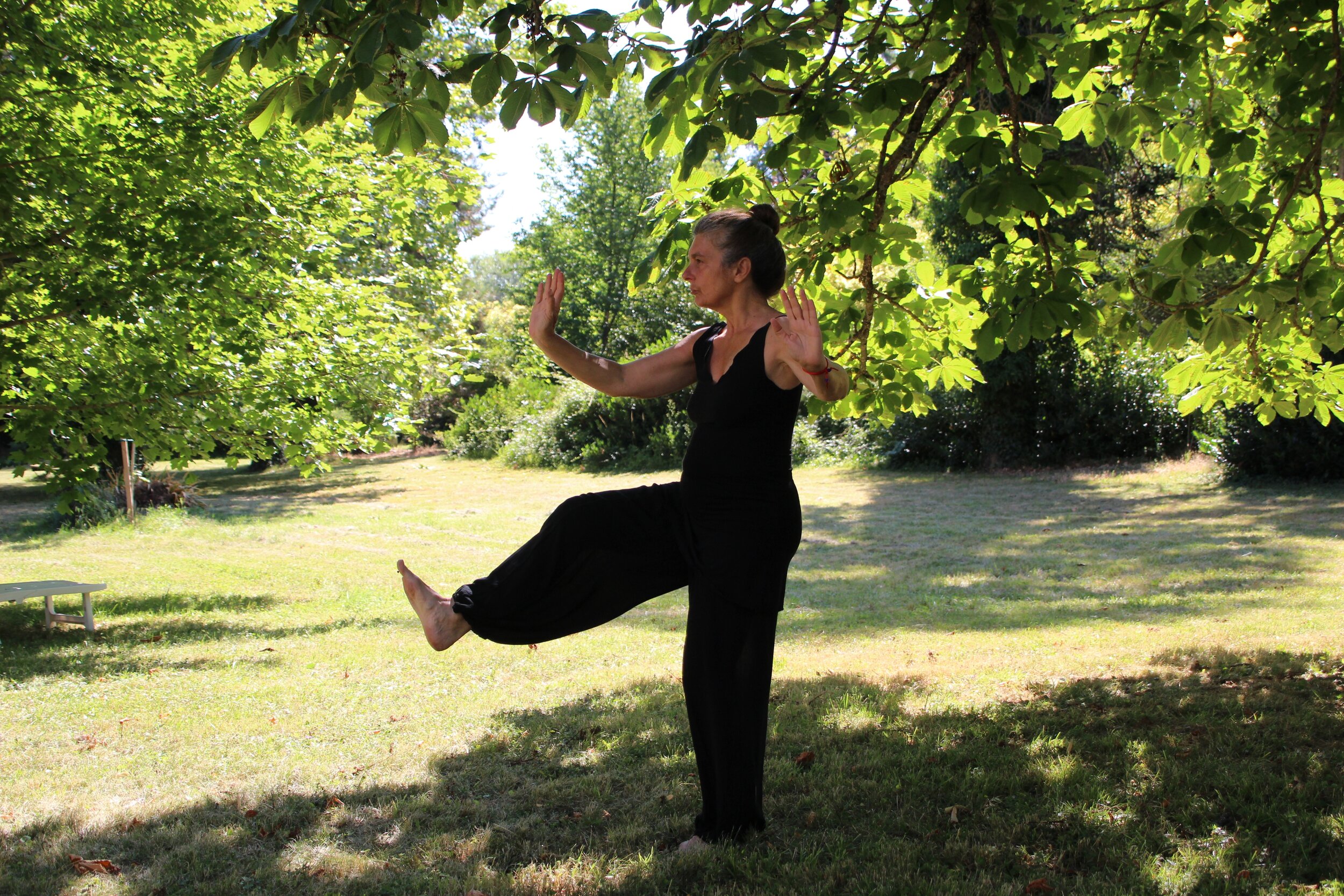Photo by Monica Leonardi on Unsplash
I’m currently practicing Dao Yin exercises that I’m learning from reading The Four Dragons by Damo Mitchell (affiliate link). As with any new practice that involves the manipulation of one’s chi, I find that its really useful to learn a practice in stages, and course correct as needed based on the experiences you’re having with the practice. In the case of learning the Dao Yin practices, the one I’m currently practicing and learning are four basic exercises that are designed to help you purge pathogenic chi, through the movements.
With each each of the four movements, I’ve initially spent some time just learning the physical movements and getting used to them before trying to integrate the chi movement into the physical movement. With such exercises, I always recommend learning them in stages, because trying to master all of it at once is not realistic, and will lead to less than stellar results. The other reason is that you can check in with your body along the way, to see how it is responding to the movements and changes that are occurring with the movements.
The other aspect to focus, when learning a movement, is the breath. You want to make sure you are breathing when doing the movements, as there can be a tendency to hold your breath while learning a new movement. Instead, whether its a Dao-Yin movement, or something else, you want to continue to breathe. In the case of the Dao-Yin work, the focus on how you breathe is particularly important because the breath is a bit more forceful then how you might normally breathe. I found that I would take a deep breath in through the nose and then expel that breath with a bit of force, but nonetheless smoothly, because yo’re ultimately using the breath to draw in good chi and expel negative chi.
Once you’ve got the breath and movement figured out, its time to integrate the actual chi practices. In my case, I made a mistake here, because I focused on expelling the pathogenic chi, without drawing in other chi. My initial experience, as a result was one where I got sick and when I mentioned this to an acquaintance he shared his own experiences with Dao Yin practices and suggested I also focus on drawing in the chi (This is why its useful to share you experiences with others and get feedback). Despite that mistake and the subsequent illness, I have nonetheless noticed a purging and cleansing effect that I feel has been helpful for me.
Thanks to the feedback I got I’m going to continue refining my work with those four basic movements, and checking in with my body with how it feels and responds to those movements. I’m going to pay close attention to how I’m processing the chi and make sure I’m balancing what is being expelled with what is being pulled in. Truly mastering a given exercise isn’t something that happens in a day or week. It happens over time, through consistent practice, self-monitoring and being open to learning from your mistakes. In fact, I don’t know that you can ever truly master a practice, because even when you think you know it, there can still be something you can learn.

